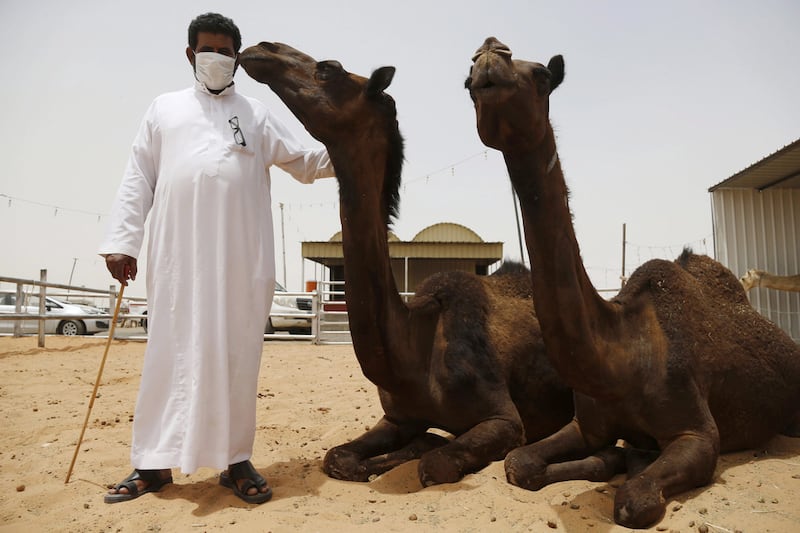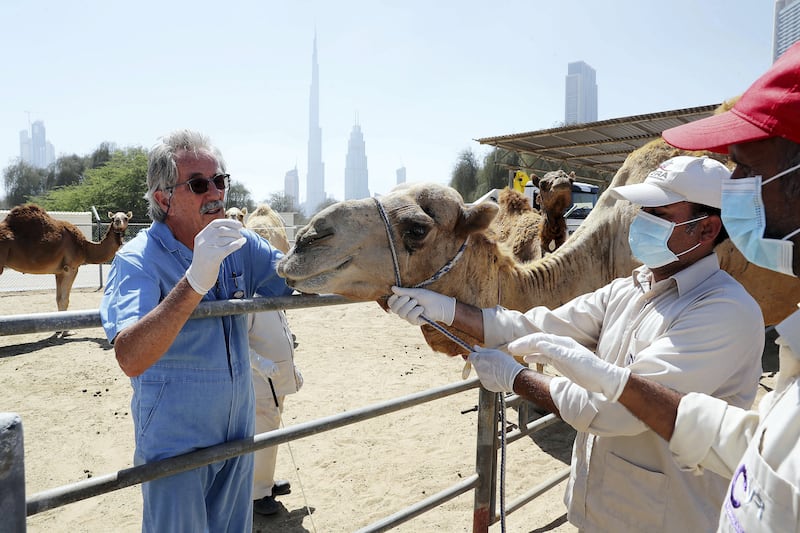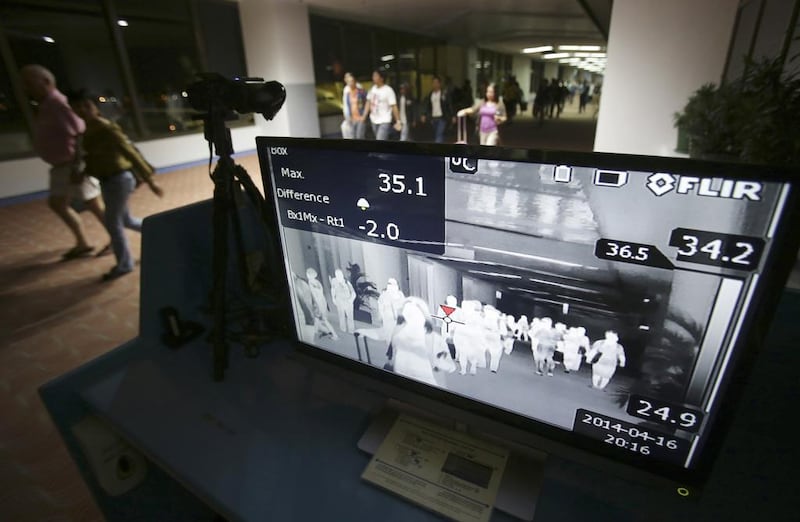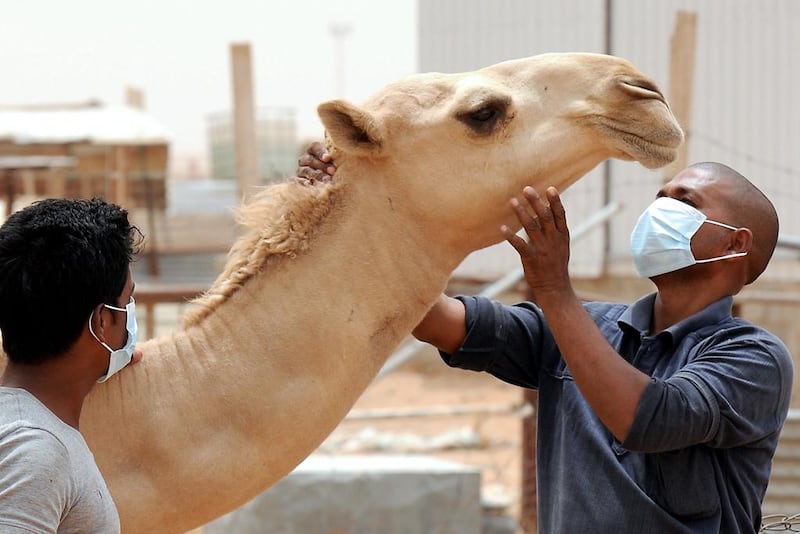A vaccine being developed to combat three deadly coronaviruses has had some success in early studies in mice.
The breakthrough at the Duke Human Vaccine Institute in the US has shown the vaccine protected mice against Covid-19, severe acute respiratory syndrome (Sars) and Mers – the Middle East respiratory syndrome first identified in Saudi Arabia in 2012.
The research offers hope that a pan-coronavirus vaccine could one day be developed further to protect human beings from numerous viruses.
The single nanoparticle vaccine included components of a previous vaccine that protected mice and primates against variants of Sars-CoV2, the virus that causes Covid-19.
Scientists in the US built the tri-valent vaccine using a nanoparticle loaded with a key fragment – called a receptor binding domain – from each of the three viruses.
That fragment acts as a docking site on each virus, boosting immunity by enabling it to infiltrate the body’s cells to protect them against actual coronaviruses that may enter the body.
Further tests are planned on human subjects next year in the hope a vaccine can be developed that carries immunogens to attack several coronavirus strains.
“We are making important progress toward a broadly protective coronavirus vaccine,” said Kevin Saunders, author of the study and associate director of the Duke Human Vaccine Institute.
“These are pathogens that cause or have the potential to cause significant human infections and loss of life, and a single vaccine that provides protection could slow down or even prevent another pandemic.”
Sars is a viral respiratory disease similar to Covid-19.
It was first identified in February 2003, during an outbreak that emerged in China and then spread to four other countries in Asia.
In the following months, the illness spread to more than 24 countries, including in the Americas and Europe before it was contained later that year.
During the 2003 outbreak, the World Health Organisation reported 8,098 cases of illness and 774 deaths.
Symptoms were similar to influenza, with a dry cough after several days, with most sufferers developing pneumonia.
Camel virus
Almost a decade later a similar virus emerged in the Middle East.
Since Mers was first reported in 2012, there have been more than 2,600 confirmed laboratory cases, with the majority in Saudi Arabia.
Of those, there have been 856 related deaths from Mers, the virus believed to be passed on from dromedary camels.
A man in the UAE tested positive for the Mers virus this year.
The WHO said the man, 28, an expatriate living in Al Ain, was admitted to hospital on June 8.
It said 108 contacts were identified and monitored for 14 days from the last date of exposure to the patient.
No further cases were detected.
The research by the Duke Human Vaccine Institute could pave the way for a human vaccine to protect against all three deadly viruses.
“This study demonstrates proof-of-concept that a single vaccine that protects against Mers and Sars viruses is an achievable goal,” Mr Saunders said.
“Given that one Mers and two Sars viruses have infected humans in the last two decades, the development of universal coronavirus vaccines is a global health priority.”













